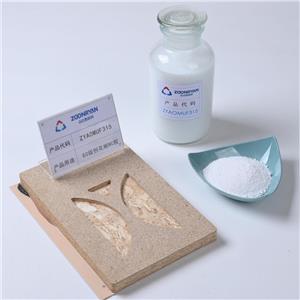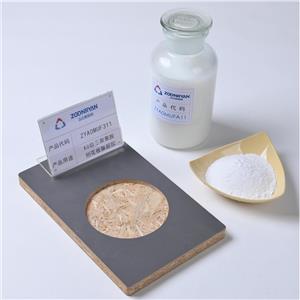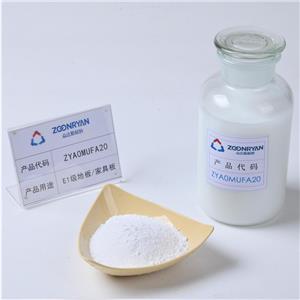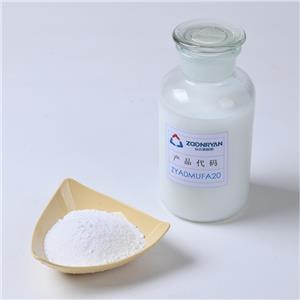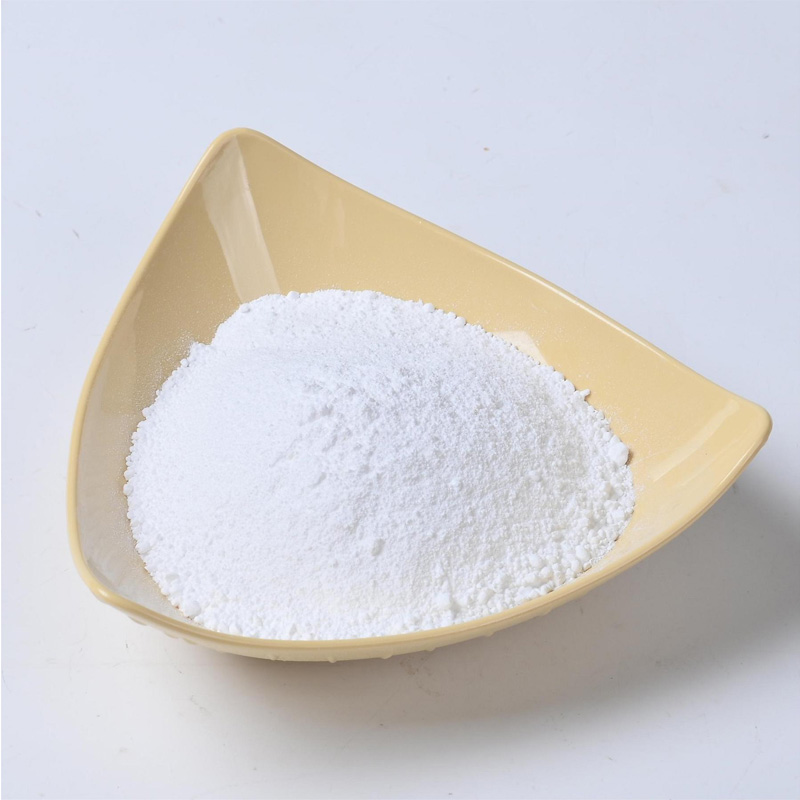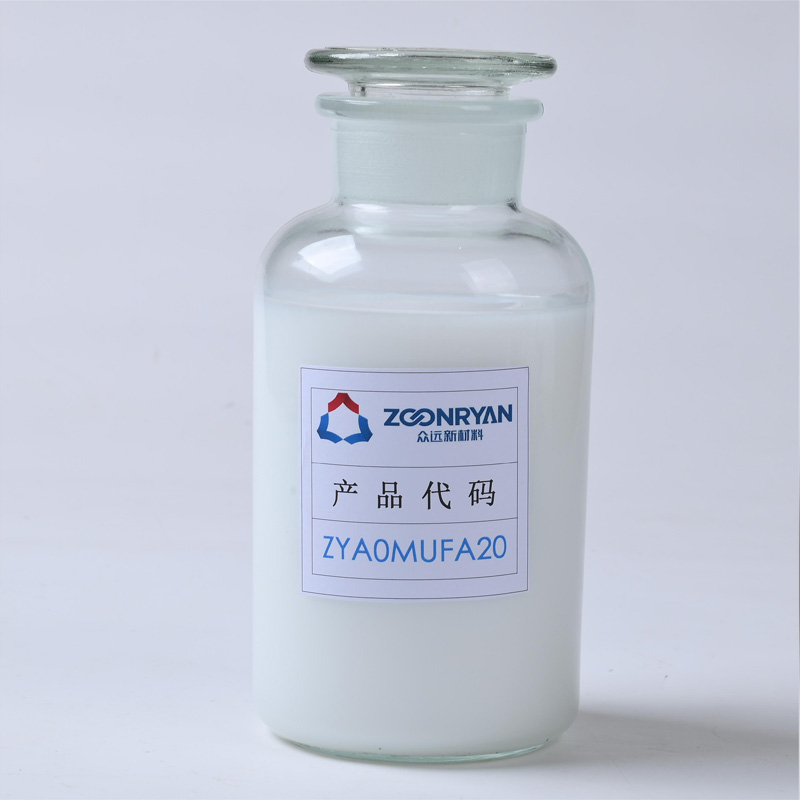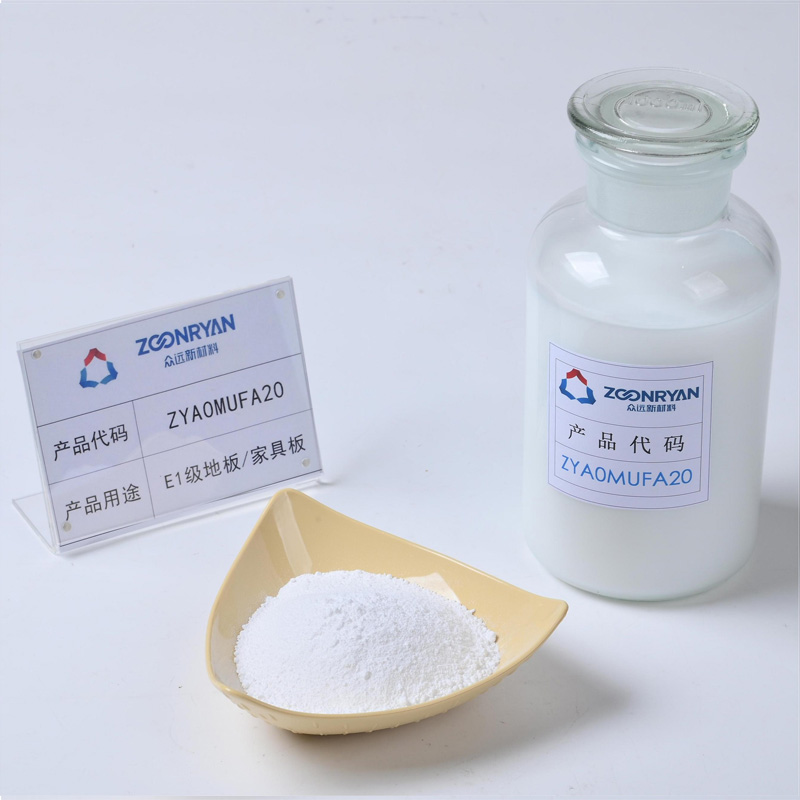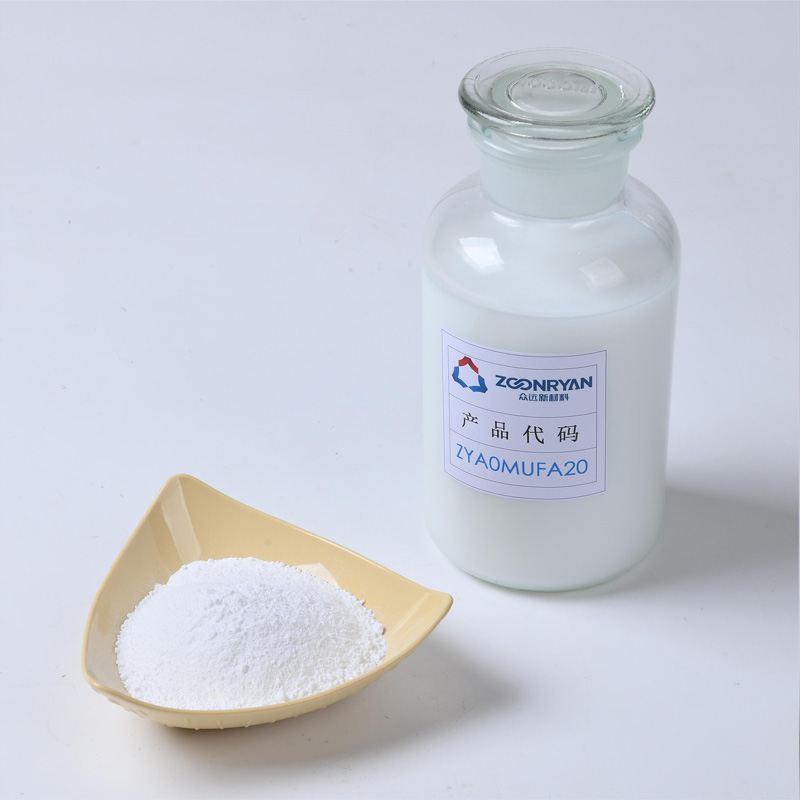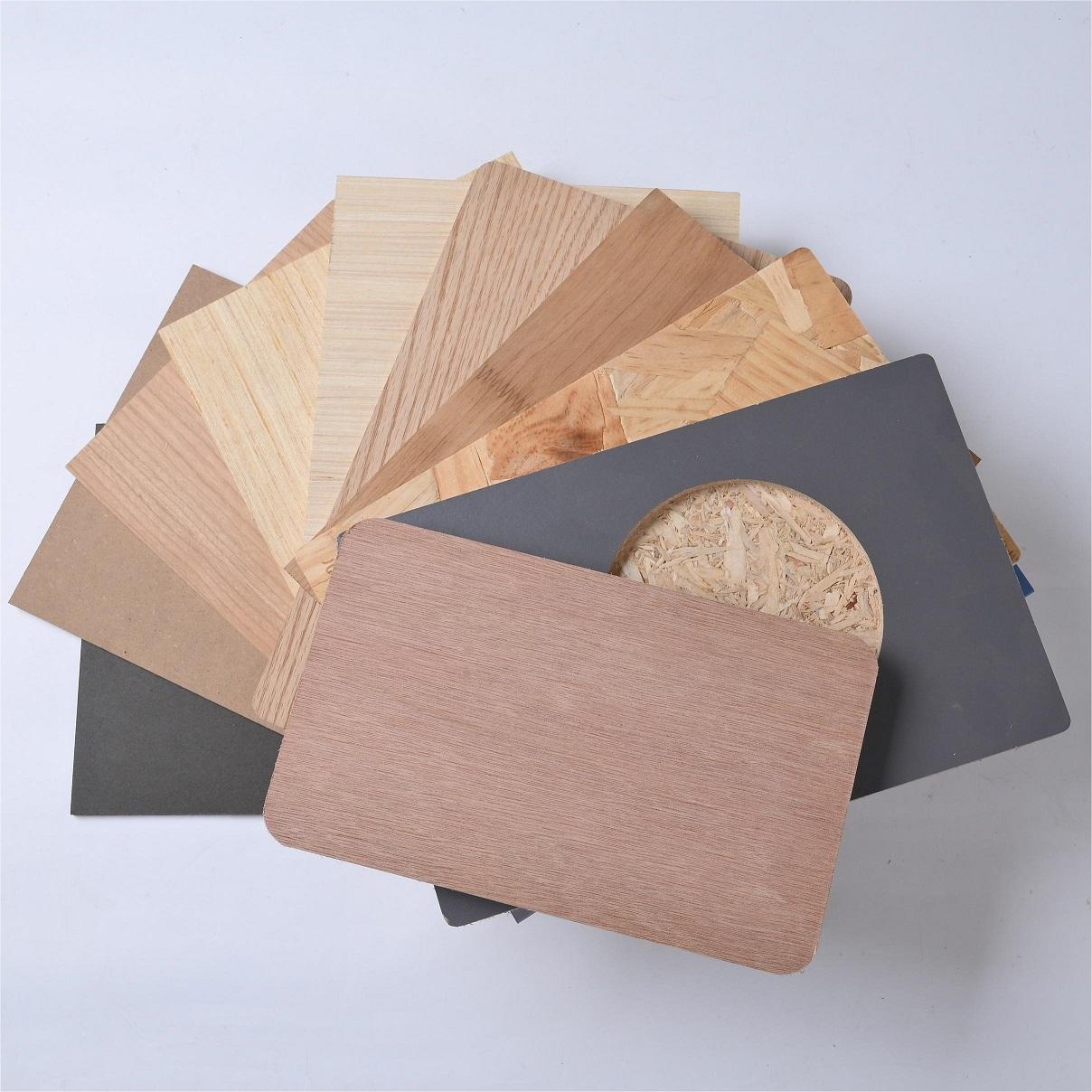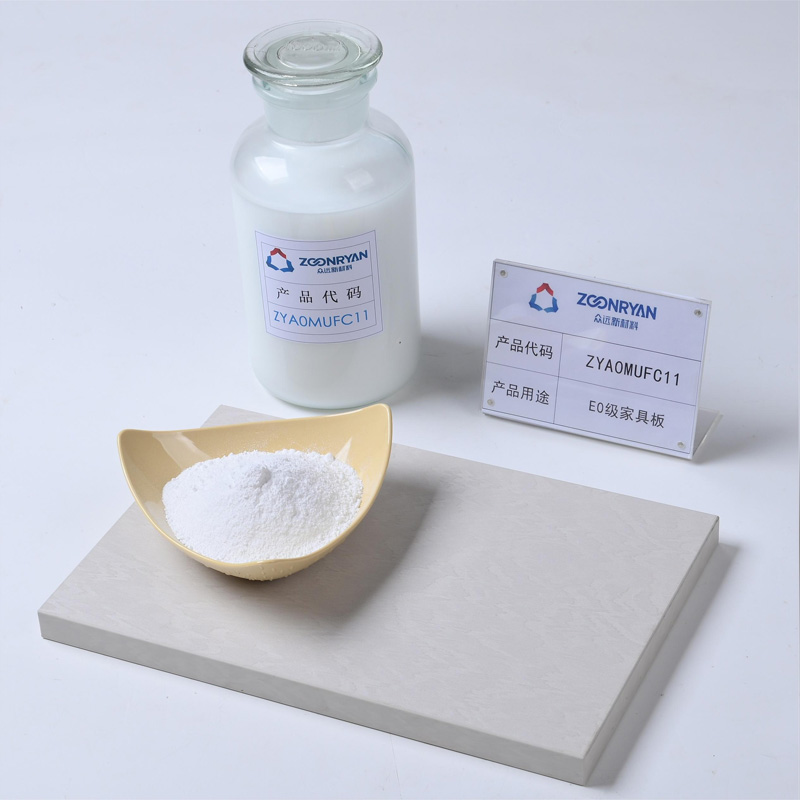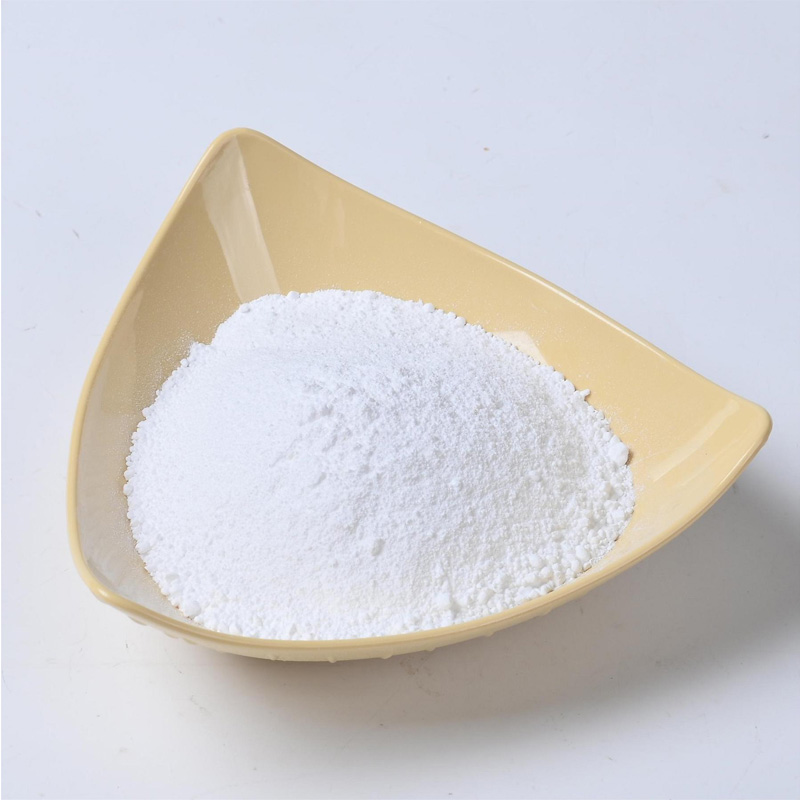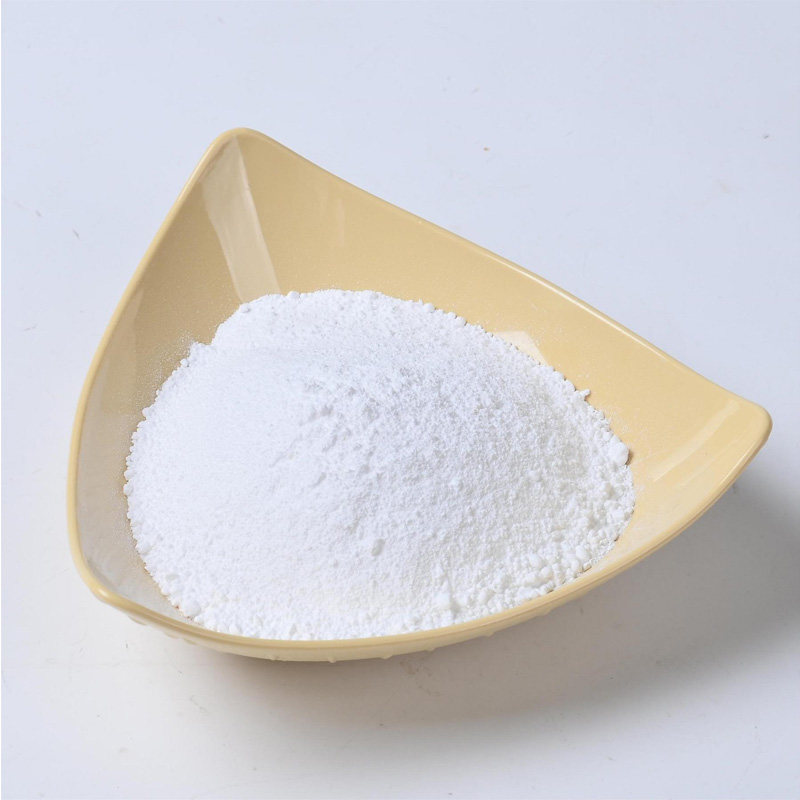
Urea-Formaldehyde Resin For Producing Particle Board
Shandong, Linyi, as the global hub for wood materials, boasts a local market with a comprehensive range of products. Through deep collaborations with numerous factories, we can ensure the consistent quality of our products.
What is Particle board
Particle board, also known as chipboard, is an engineered wood product made from wood particles, such as wood chips, sawmill shavings, or sawdust, combined with a synthetic resin or adhesive. These wood particles are compressed and heated to create dense panels with a uniform composition.
Particle board is commonly used as a cost-effective alternative to solid wood in various applications, including furniture, cabinets, shelving, and interior construction. It is known for its smooth surface, ease of machining, and affordability. However, it is less dense and durable compared to other engineered wood products like plywood or MDF, and it may not be suitable for applications that require high strength or moisture resistance.
Our deep collaboration with local particle board factories goes beyond product supply; it also involves joint research and development of adhesive formulations. We understand that different factories have unique production processes and requirements. Therefore, we not only provide high-quality Urea-Formaldehyde Resin but can also tailor and customize adhesive formulations according to the specific needs of our customers, meeting the process and performance requirements of various particle board factories.
This customized approach not only helps ensure the quality and performance of the products but also enhances production efficiency and reduces waste, ultimately enabling particle board factories to gain a competitive edge. We prioritize customer needs and, through flexibility and expertise, aim for successful collaborations.
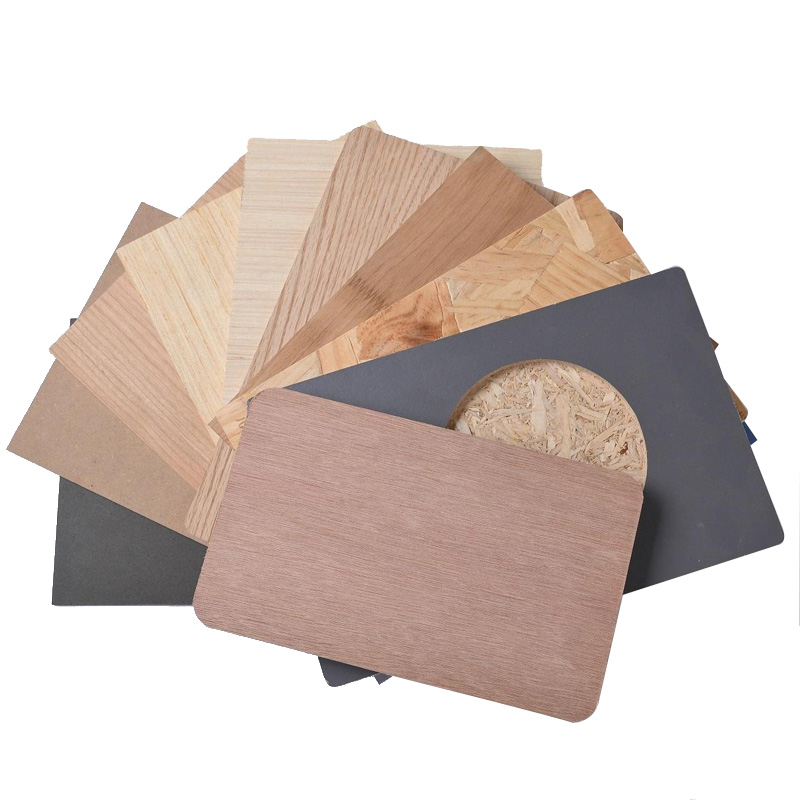
Melamine particle board is a type of engineered wood board made by binding together wood particles with melamine resin under heat and pressure. It is known for its durability, resistance to scratch and moisture, and versatility in terms of design.
How is melamine particle board different from other types of engineered wood?
Melamine particle board is a type of engineered wood that is commonly used in furniture manufacturing. It is made by combining wood particles or fibers with a synthetic resin adhesive, which is then coated with a melamine-impregnated paper. This paper provides a decorative and durable surface finish.
Compared to other types of engineered wood, such as plywood or medium-density fiberboard (MDF), there are a few key differences:
Surface finish: Melamine particle board has a smooth and hard surface due to the melamine coating. This coating makes it resistant to scratches, stains, and moisture. In contrast, plywood and MDF typically have a more natural wood grain appearance.
Strength and durability: Melamine particle board is known for its strength and durability. It has good load-bearing capacity and can withstand heavy use. Plywood, on the other hand, is known for its strength and stability, while MDF is less durable and can be susceptible to moisture damage.
Cost: Melamine particle board is generally more affordable compared to plywood or MDF. This makes it a popular choice for budget-friendly furniture manufacturing.
Environmental impact: Melamine particle board is made from wood particles or fibers, which are derived from sustainable sources. However, the synthetic resin adhesive used in its production may contain formaldehyde, a volatile organic compound (VOC) that can be harmful to human health. It is important to choose melamine particle board that meets formaldehyde emission standards to minimize the environmental impact.
Overall, melamine particle board offers a cost-effective and durable option for furniture manufacturing, with its smooth surface finish and resistance to scratches and stains. However, it is important to consider the specific requirements of your project and choose the appropriate type of engineered wood accordingly.

